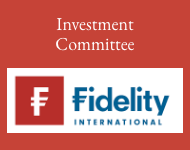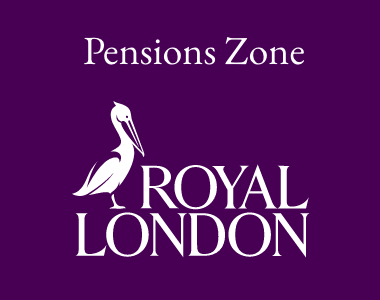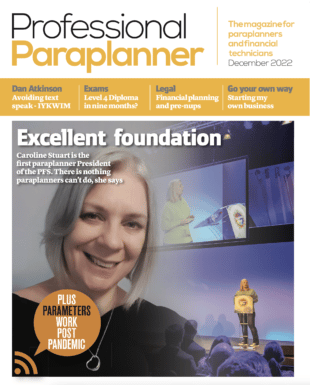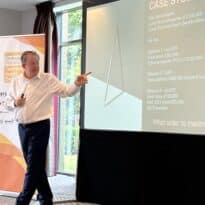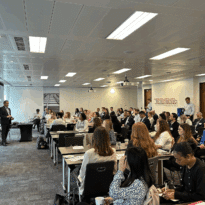Price disruption in the Central Investment Proposition (CIP) sector could sharply reduce the total cost of ownership, a new report from the lang cat has found.
According to the report, sponsored by Intelliflo, CIP costs could fall by nearly a third in the next five years.
The current total cost of ownership for a typical advisory model CIP held on a platform is 1.7% % to 2.3%, but lang cat’s findings suggest the cost could fall to 0.5%.
The report, which was drawn on research from over 100 advisers, also suggested that improvements in technology could improve both the client experience and commercial outcomes for advisers.
The majority (80%) of advice firms currently have a CIP in place and while most firms appear to be comfortable with the investment outcomes their CIPs are generating, many feel there is more room for improvement operationally and around the client experience, the lang cat said.
Mark Polson, founder, lang cat, said: “When implemented well, a CIP delivers consistency of advice, a more efficient business operating model and, most importantly, superior client outcomes. Although many firms have been running successful propositions for a number of years, MiFID II has significantly increased the time advisers spend running their CIP, impacting business efficiency. Tasks that could previously be completed for multiple clients at the click of a button now require more detailed, personalised disclosure and assessment.
“In today’s evolving world, we believe better integration of technology is essential to running CIPs more efficiently and with less business risk, delivering a better experience for advisers and clients alike.”
Nick Eatock, CEO, Intelliflo, added: “From the lang cat research, it is clear that obtaining client authorisations and complying with MiFID II disclosure requirements is adding considerable extra work to ongoing portfolio maintenance. Putting technology at the centre of the CIP process and integrating the research and planning tools, investment management and the platform with each other and the back-office system can improve adviser efficiency and reduce risk while improving the experience and outcomes for the client and saving them money as well.”




